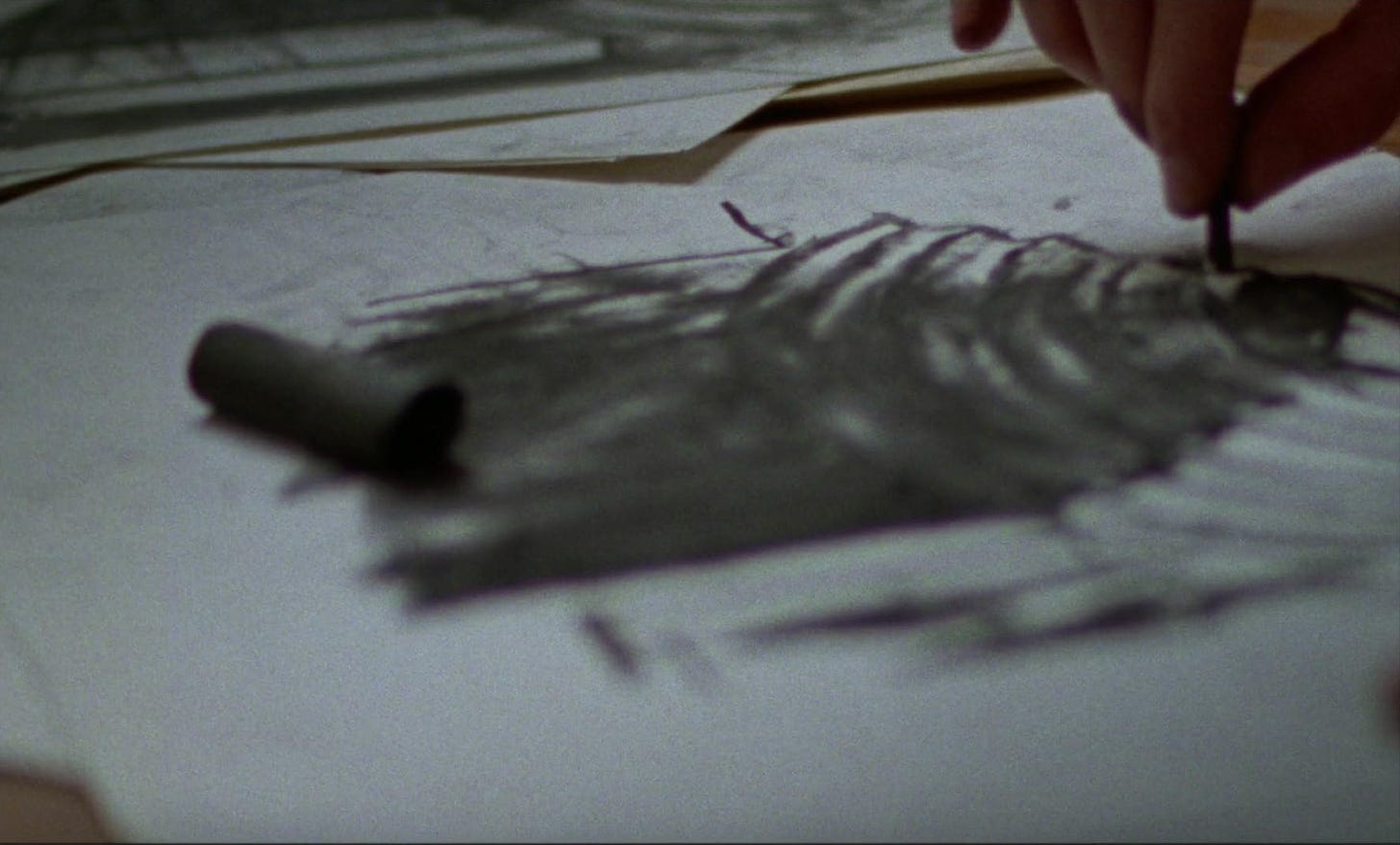The Brutalist - Not a Review
What is a masterpiece today? Who is a master?

This is not a review of the film The Brutalist. It is some stills from the movie with my comments. I’m not sure what to think about the film.
Brutalism is a little-known style of modern architecture that does not deserve more attention than it has gotten. It is an unattractive style, but is based on an interesting theory, which is worth knowing about. I would encourage you to look it up if you’re interested, starting with Wikipedia.
The Brutalist movie storyline is interesting enough, but more interesting to me was the film technique when it veered into brutalism itself. It could have been filmed even more “brutally” if you will, but doing so would have made the film avante-garde, appealing to a small minority of people who “got it.” Instead, The Brutalist movie is sort of avant-garde lite. The claims that is an “epic,” or “instant classic” are hype. But it is a good and interesting movie.
Unable to capture any images from the film myself, I surfed around a bit and found this website, https://www.imdb.com/title/tt8999762/mediaindex/, which has 327 images from the film (some are publicity shots) which are a fair sampling of stills.









I previously have said I might review The Brutalist in the context of my series On Conservative Aesthetics (index here). The reason is that I am working on the idea that there is something conservative about cultural modernism that we are missing. And I thought I might explore that idea by looking at the film.
Modernism has always been claimed by the liberal, left-wing avant-garde as the embodiment of progress; social justice, inclusiveness, tolerance and, dare we say, overall civilizational advance. The myth of modernism holds that rule breakers in the arts were intent on finding forms to express the experience of the modern world, to match the revolutions that were happening all around them in science and technology, the liberal arts (psychology, social science), etc. The lifestyles of modern creators have also been mythologized for rejection of norms; experimentation and exceptionalism being regularly equated with genius.
But the modern, as a movement, was also undeniably intellectual and elitist. The traditional rules of composition may have been changed or discarded entirely, but the avant-garde never lacked for rules. In the esoteric-ness of every new ism in the 20th C were (often unspoken) rules about aesthetics: not beauty exactly, but form, composition, narrative, and underlying concepts of who the audience for such works is or should be.
In the post-modern period, through institutionalization (the museums) and academicization (the universities), any dynamism of invention that may have been associated with the modernist isms has been thoroughly reified. Artworks today merely symbolize experimentation or progress.
I would like to believe there are still outliers — that they are only rare and hard to recognize — but the degree to which we are presented with ideological conformity as cultural and political progressiveness today suggests otherwise.
Would it not be useful therefor for us to reconsider modernism today? If we were to look at it in terms of rules and traditions, values and virtues, might we not find in the art of the 20th C a culture heredity that is worth preserving and building upon?
To be discussed.





Thanks Gail. Corrected. I was rushed. Also unsure of the whole piece, and what I am doing here, and more generally.
You need to proofread. Some of the photo captions are unintelligible.